
Gaza Crisis Appeal
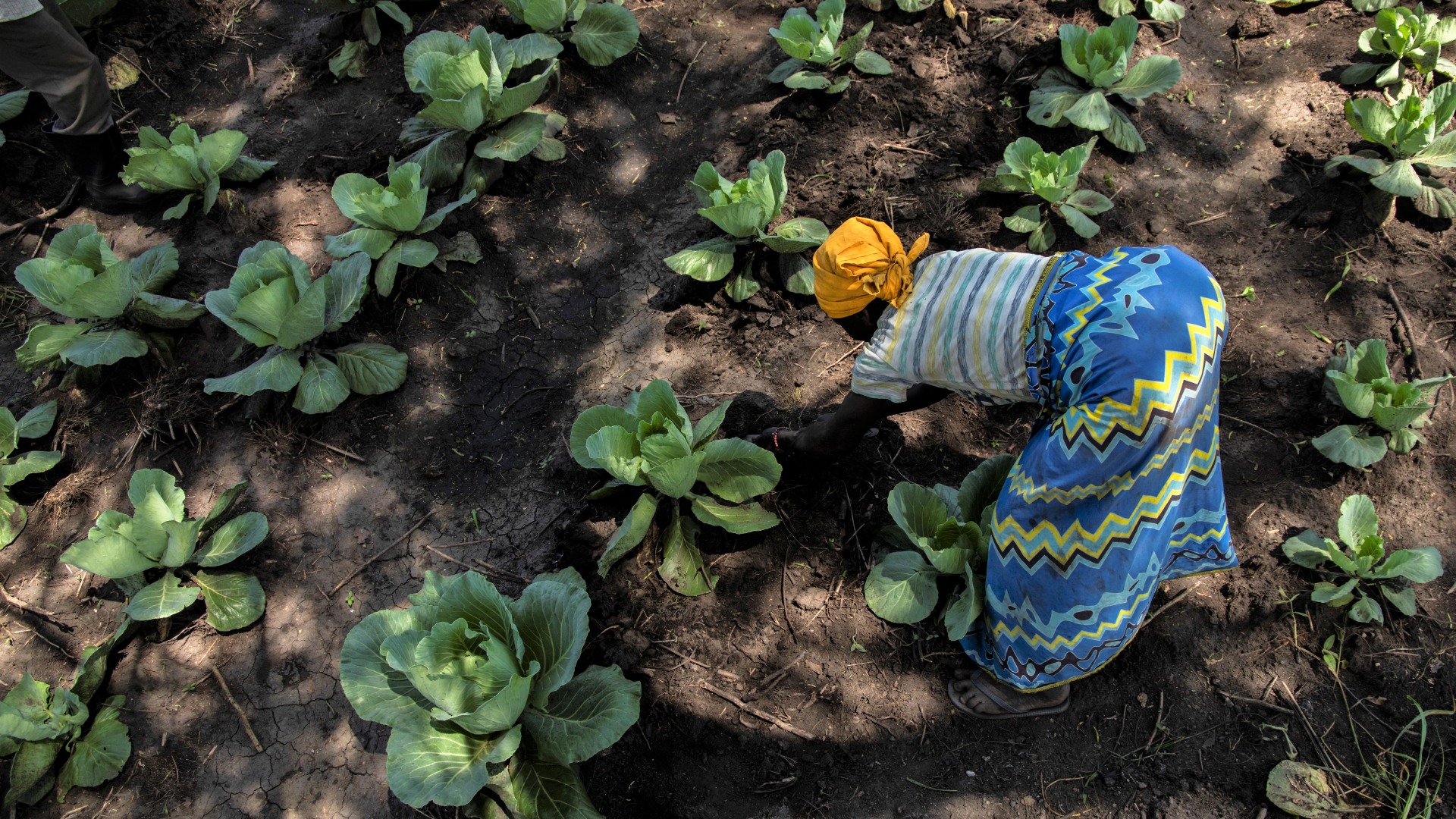
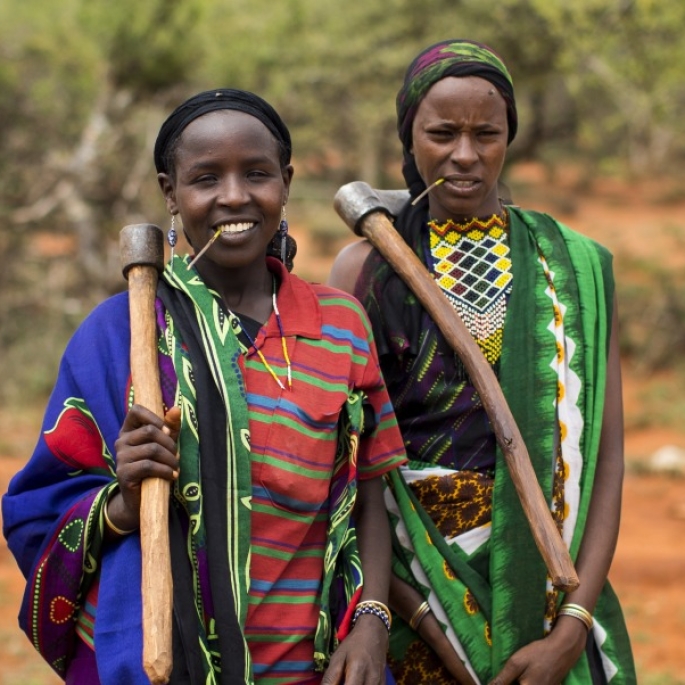
Action Against Hunger takes a tailored approach to address communities’ needs and harness their unique resources, boosting agricultural production, jump-starting local markets, and supporting small businesses. These efforts enhance sustainable sources of food and income while strengthening local food systems.
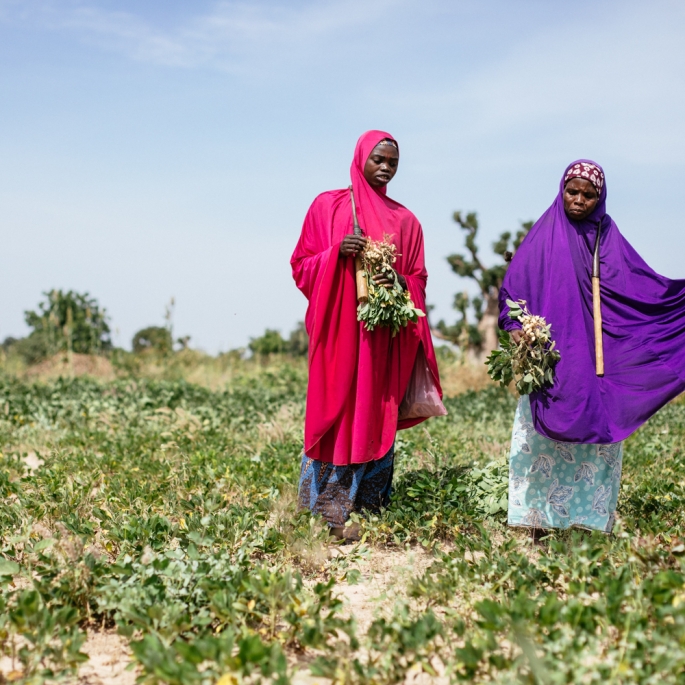
Our hunger prevention programs focus on women first. Why? In nearly two-thirds of the world’s countries, women are more likely than men to suffer from food insecurity. At the same time, women are our most powerful allies in the fight against hunger. Women who participate in household decisions produce and earn more – women also reinvest as much as 90% of their income back into their families, helping to improve health, nutrition, and more.
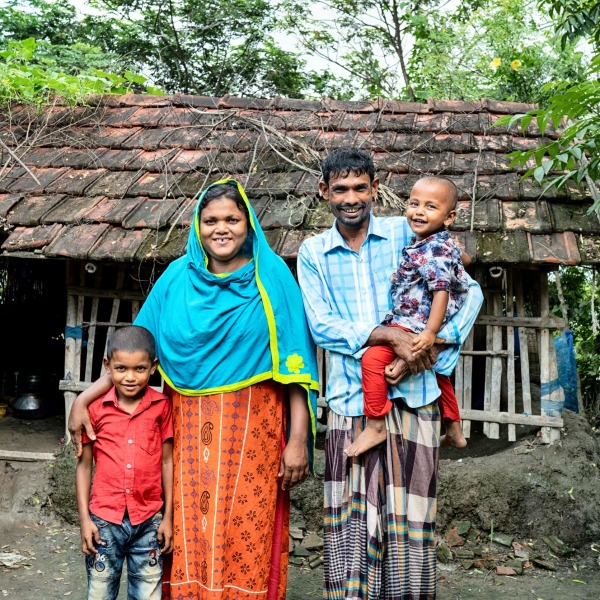
By improving families' access to nutritious food and increasing their incomes, we can prevent malnutrition and help children grow up healthy and strong.

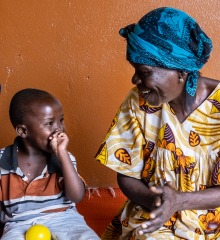
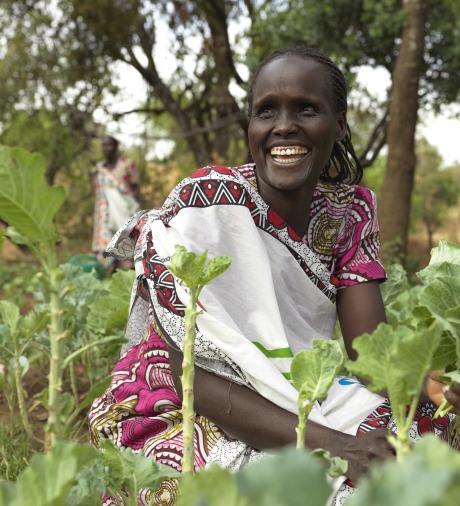
When disasters destroy infrastructure and food supplies, when violence forces thousands to flee, or when drought disrupts food production, Action Against Hunger responds with food, cash, and other basic supplies to prevent hunger in the short-term and help communities build resilience against future emergencies.
Through our savings and loans groups, women pool their resources and can borrow to invest in a new business or to cope in an emergency.
Action Against Hunger uses an environmentally-friendly approach to helps people make the most of their local natural resources – including land, water, soil, and seeds – and grow nutritious foods, diversify their crops, and build up local markets.
To foster collaboration and learning, we create and support farmers’ cooperatives. Some of these groups come together to collectively rent land for farming, while others share lessons learned with each other. In Uganda, many farmers’ groups are negotiating fair prices for supplies and creating local demand for nutritious crops like mushrooms.
From small grants for families recovering from conflict, to seeds and tools to invest in family farms, to livestock and veterinary services, to small business assistance, we help families regain self-sufficiency.
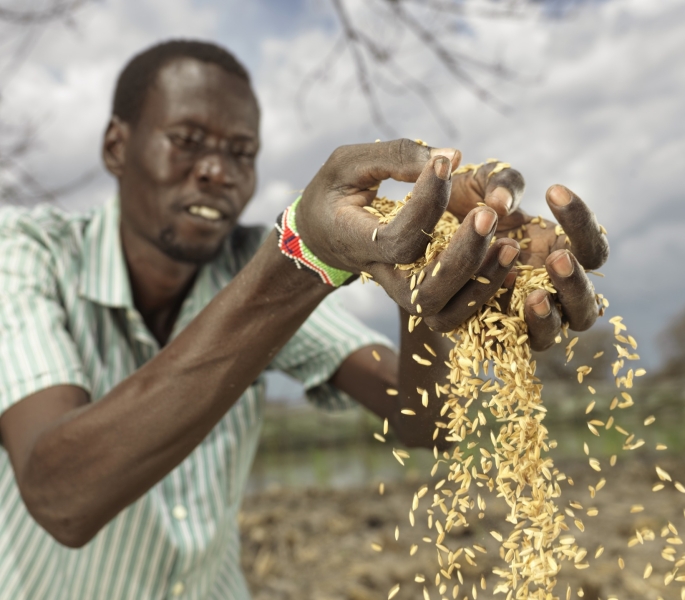
In Paguir, South Sudan, years of flooding have left the communities with little to no crops and few animals. See how the introduction of rice has transformed their lives.
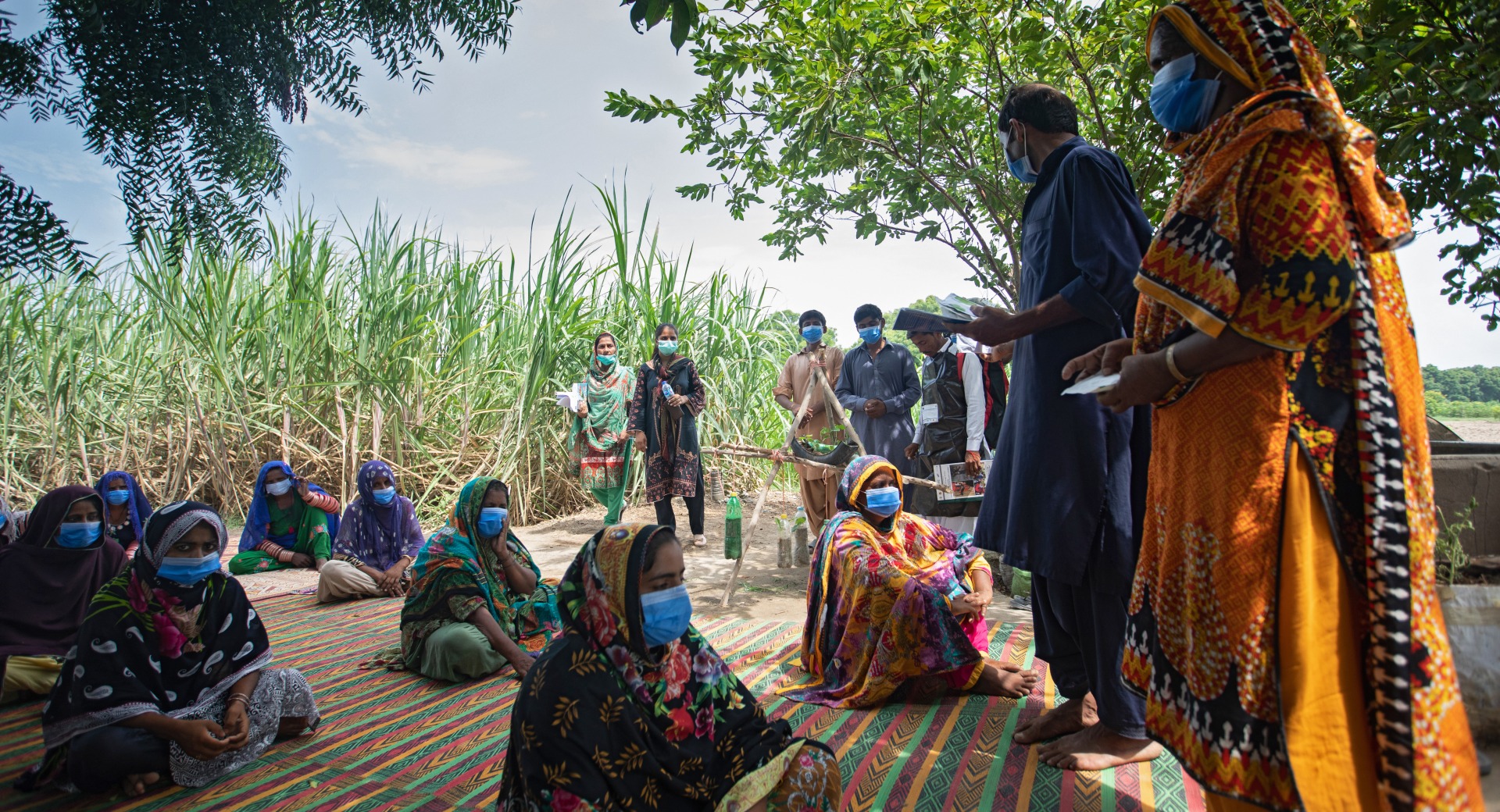
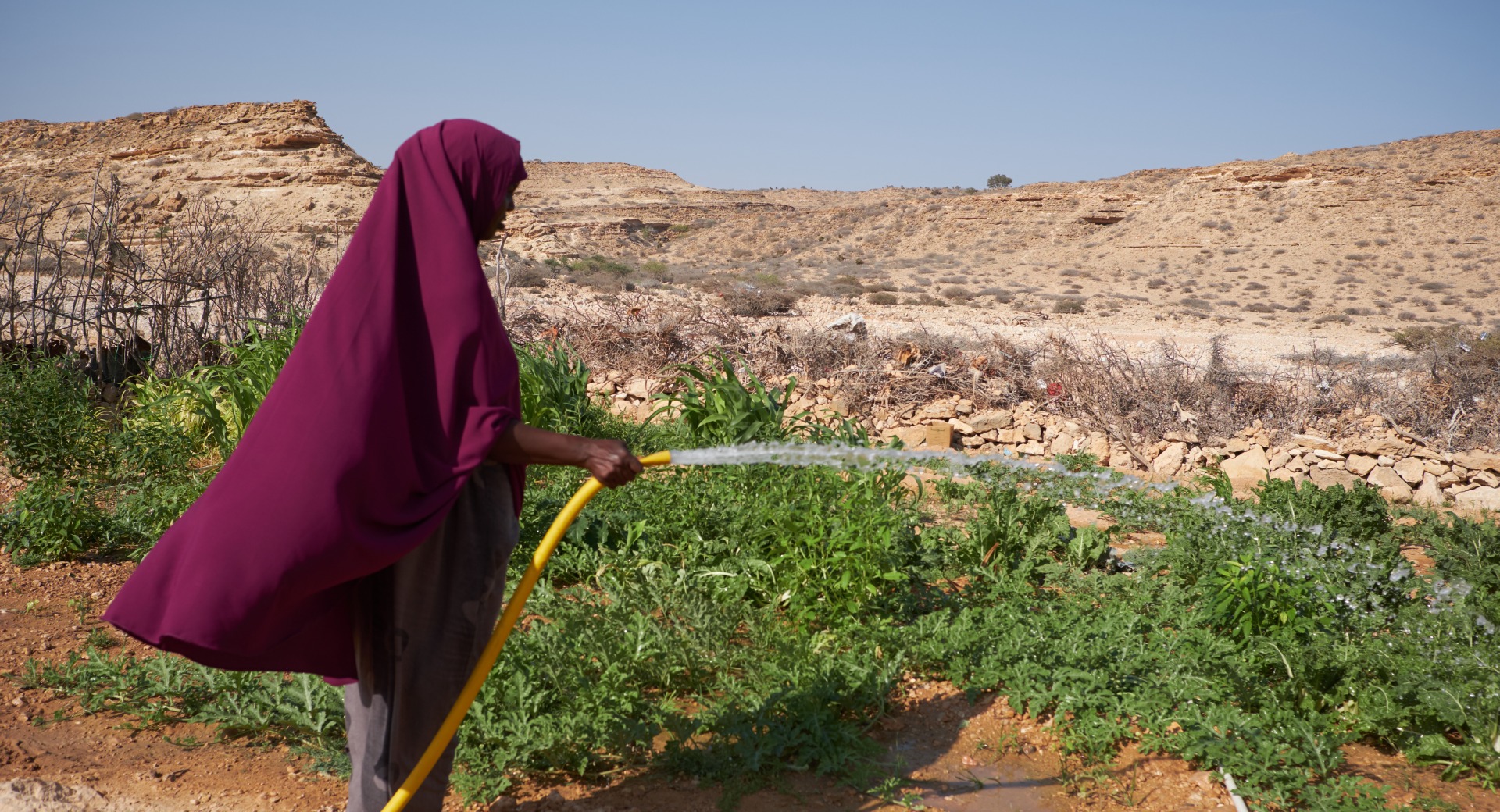
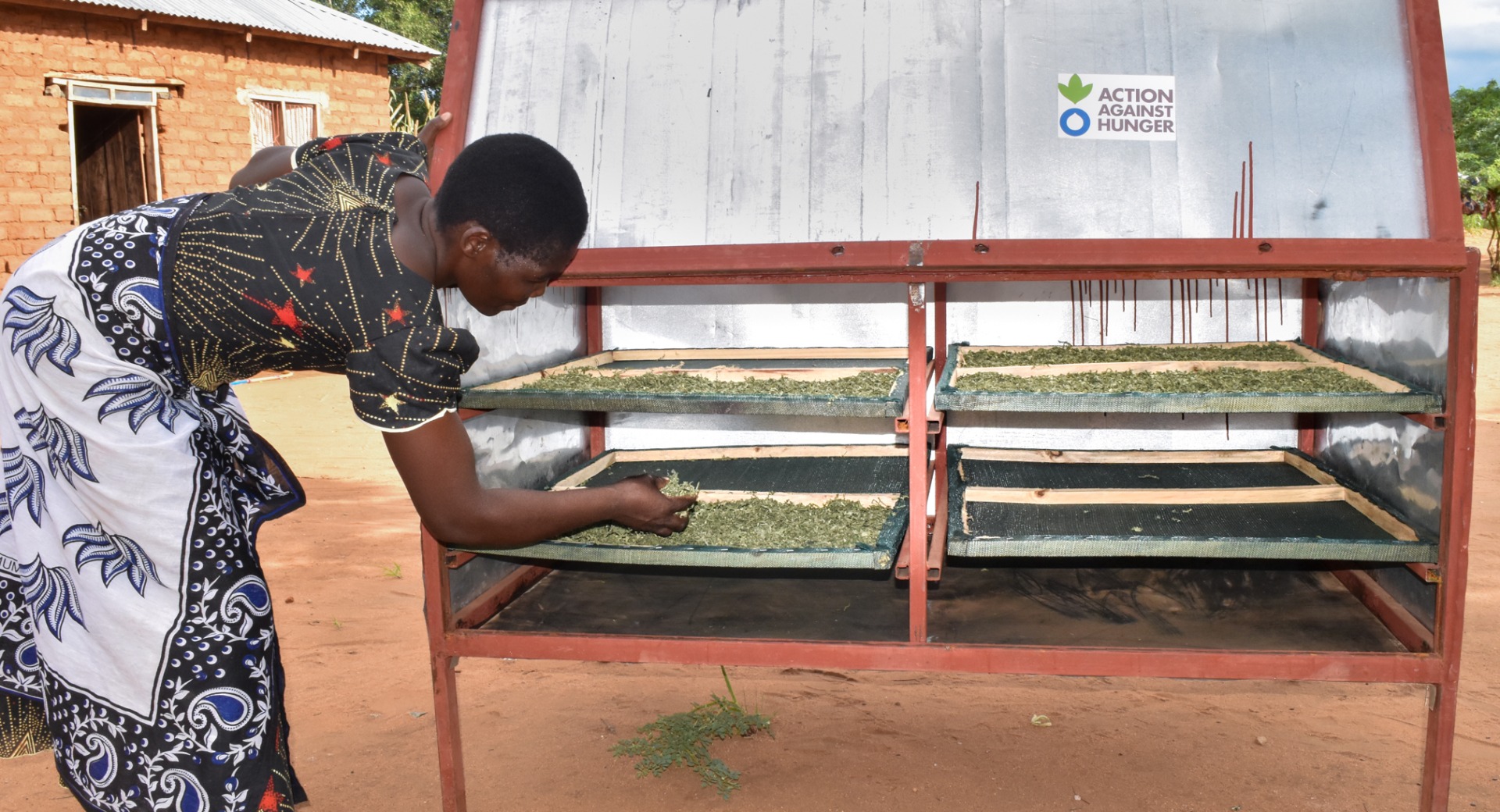
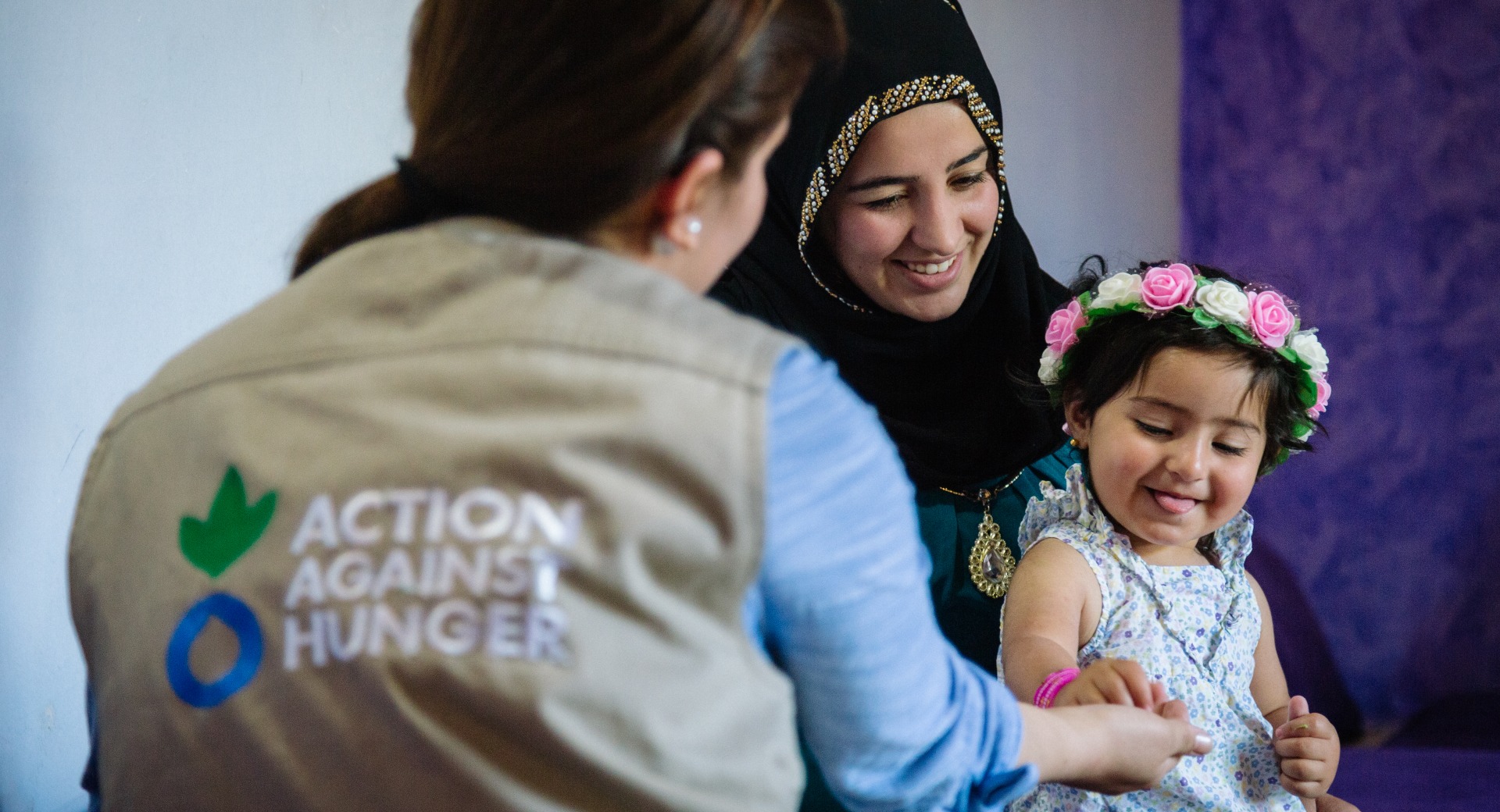
At our Farmer Field Schools, agriculture experts teach farmers climate-smart growing techniques, introduce nutritious, resilient crops, and provide plots for people to practice what they’ve learned.
Advancing Farming TechniquesClimate shocks, such as prolonged and severe droughts, can impact the quality of soil, harvest yields, and nutrition levels in food. We work with farmers to revitalize the earth so crops can thrive.
Growing Vegetables and LivelihoodsWith training from Action Against Hunger, Anceran preserves her crops using solar driers. Now, she grows enough to feed her family and sells the excess to her neighbors.
How the ‘Mother of Vegetables’ Turned Her Life Around[It was] everything I needed. I never imagined that one day I would have all this. Life has completely changed.”
— Saadya, mother and business owner
Iraq: Displaced Moms Find a Way to RebuildWe take decisive action against the causes and effects of hunger.
Join our community of supporters passionate about ending world hunger.